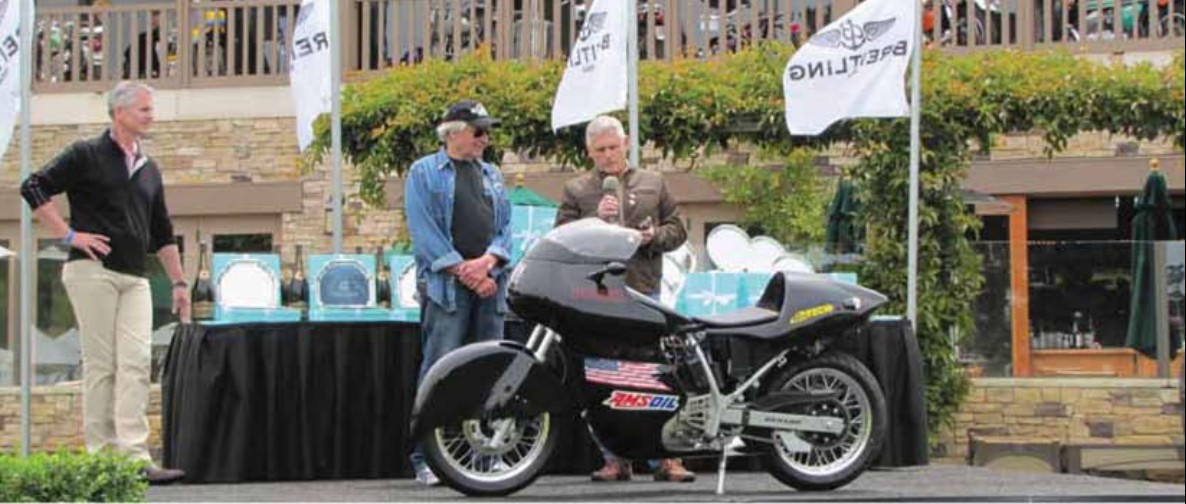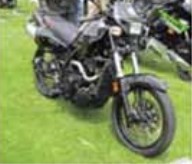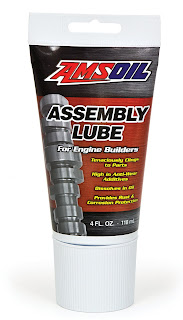 |
 |
 |
Hello.
How are all you Motorsport Tech Session hard core fans?
Thank you for all the feed back you give us, with out you we are nothing.
If you are new to the Motorsport Tech Session then I am sure you will enjoy this article.
How a Race Car Braking System Works?
The Master Cylinder is one of the key elements of a brake system. This article will inform you how the Master Cylinder / Pump forces brake fluid through the system.
The way this happens is a basic lesson in hydraulics.
It all starts with the actuating force that is fed into the master cylinder. This force is provided by the driver’s foot on the brake pedal. The maximum force that is exerted on the brake pedal is approximately between 150 to 200 pounds of pressure, the average pressure on the brake pedal in a race condition is 100 pounds of force.
The driver is normally limited to a maximum of approx six inches of pedal travel that can be applied to the brake pedal. This is determined by the pilot leg length, closeness to the pedal and leg angle. The ability the driver has to apply the force to the pedal will be influenced on the driver body restraints like the seat belts and shoulder harness, the angle of the hip and the angle of the knee joints. Having a straighter knee joint will allow an easier operation of the pedals, and more force can be applied to the brake pedal.
The force that is exerted by the leg and foot to the brake pedal is then multiplied by the leverage that is in the pedal ratio. Most production cars are 3 to 1 or 4 to 1 this is enough of a ratio when a servo is used, however with out a servo this ratio is a little low. Most race car pedal boxes that do not use a servo and will have a ratio between 5 to 1 and 6 to 1.
To give you an example of the ratio increase here are a couple of examples:
100 pounds of pressure created by the driver to a 5 to 1 ratio pedal will deliver 500 pounds of pressure to the master cylinder push rod. (100 lbs x 5 = 500 lbs)
100 pounds of pressure created by the driver to a 6 to 1 ratio pedal will deliver 600 pounds of pressure to the master cylinder push rod. (100 lbs x 6 = 600 lbs)
However always remember if the pedal ratio is increased, the pressure will increase and also the movement of the pedal will increase.
The next consideration with a race car brake pedal system is the master cylinder bore size. The most common bore sizes used are:
.75 – Internal piston bore size O/D
.7 – Internal piston bore size O/D
.625 – Internal piston bore size O/D
The force supplied into the master cylinder is divided by the square inches of the piston, and the output of the master cylinder is pressure in pounds per square inch.
.75 Cyl Bore is .44 Sq. in. of area
.7 Cyl Bore is .38 Sq. in. of area
.625 Cyl Bore -is.30 Sq. in. of area
For example:
300 pounds of pressure created by the driver with the pedal ratio increase is applied to a .75 bore master cylinder (Force supplied into the master cylinder is divided by Square inches of the piston) 300 pounds divided by .44 = 681 pounds per square inch line pressure
300 pounds of pressure created by the driver with the pedal ratio increase is applied to a .625 bore master cylinder (Force supplied into the master cylinder is divided by Square inches of the piston) 300 pounds divided by .30 = 1000 pounds per square inch line pressure
It is easier with this knowledge to understand that a smaller bore master cylinder will deliver more pressure into the brake lines and to the brake calipers.
So why not use smaller bore master cylinders all the time? There are two reasons why this is not the perfect solution.
1) With a smaller bore master cylinder the pedal will require more travel to displace the given fluid needed.
2) Higher line pressure aggravates line and calliper expansions and thus uses up more fluid.
If a system is so stiff (meaning no or little line expansion or calliper deflection) that the driver is only using a small part of the total pedal travel, then using a smaller bore master cylinder will reduce the pedal force, or effort required by the driver to stop the car.
Once the pressure leaves the master cylinder there is not a great deal of movement in the brake lines, what does happen is a pressure build up and pressure transmittal.
To understand this theory in a practical way, please imagine you are blowing down a straw. Place a finger two inches from the base of the straw and blow you will feel the air passing over your finger.
Now block the straw with your finger. There is still the volume of air in the straw and you are still generating force by blowing down the straw. However your finger only feels the force against it.
This is a very simple example of the principle of pressure transmittal, as used in a sealed brake system.
I hope you have found this article interesting and thank you for your time.
Grant Loc has been involved with Motorsports for over 15 years and the Director of obp Ltd. obp Ltd is a major player in Manufacture and Supply of Quality Race Car Products and provides most of the leading Motorsport distributors all over the World. obp manufacture Race Car Pedal Boxes, Handbrakes,Seat Brackets, Swirl Pots etc. www.obpltd.com

 Links:
Links: 







